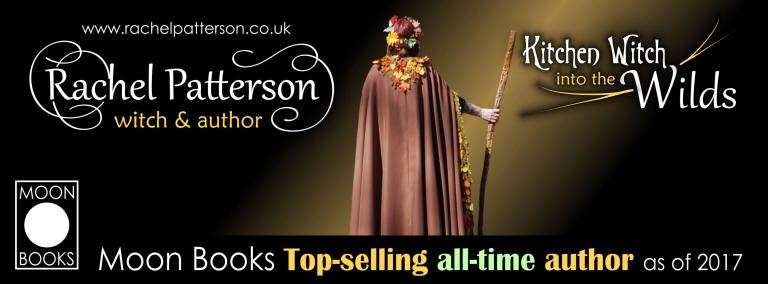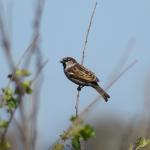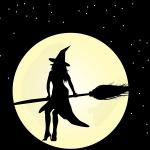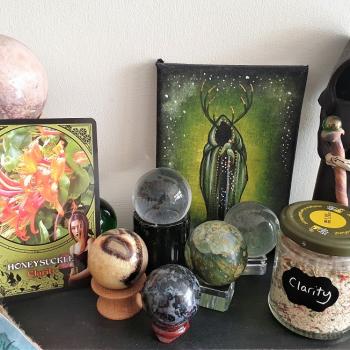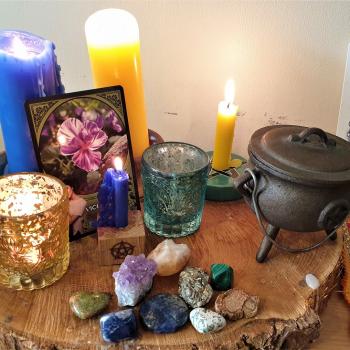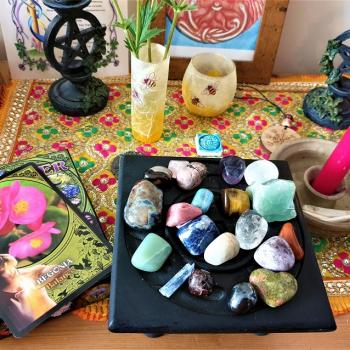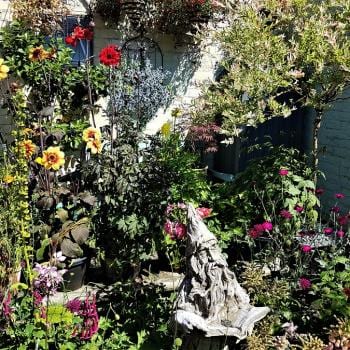A Baneful Garden: A dark and deadly place

Let’s start with a wicked witch’s garden and by wicked, I mean just a witch, coz we are nice people really. There are plenty of baneful plants to work with. Please be careful when dealing with these plants, some are highly toxic to humans and pets. Even if you don’t ingest them some can be skin irritants. If you or anyone accidentally eats any part of the plant, seek medical attention immediately.
There are some beautiful plants included here and it would make a fascinating display.
I think we need to look at the word baneful, the dictionary lists it as:
destructive; pernicious; exceedingly harmful
deadly; poisonous; causing harm, death or ruin
It seems this cheerful term first came into use during the 1500’s and it appears on quite a few of our herbs and plants; dogbane, fleabane, henbane, witchbane and wolfsbane for example.
At one point in history these herbs were used to inflict pain or even death on others alongside creating potions to induce visions, to force the will of another or altered states of mind (sometimes permanently altered). The chemical makeup of these plants can produce hallucinations or death, please be extremely careful.
Baneful plant suggestions
Aconite – Always wear gloves when handling this plant, the poison can be absorbed through the skin. One of the original flying ointment ingredients.
Angel’s trumpet – don’t be fooled by the name…the whole plant is poisonous.
Belladonna – also known as nightshade or deadly nightshade. It is highly toxic. One of the original ingredients in flying ointment.
Bloodroot (tetterwort) – this plant is not edible, it contains toxic alkaloids which if ingested can cause severe irritation or in a large enough dose, fatality. It is used in some herbal remedies, but I advise only doing do if you are a qualified herbalist.
Caster bean – said to be one of the most poisonous plants in the world, all parts of the plant are toxic especially the seeds.
Datura – all the plants in this species are poisonous with the seeds and flowers being the most toxic parts. Another original ingredient from flying ointment.
Delphinium – the poison in delphinium is most toxic when the plant is young, they can also irritate the skin.
Dogsbane – it has toxic side effects, do not ingest.
Elder – this one may come as a surprise as we collect the flowers and berries from the elder for culinary use. However, the unripe berries are toxic, cooking them makes them edible. The leaves, seeds and wood are all toxic.
Fleabane – as the name suggests, it is an insect repellent plant however it can be poisonous to some animals such as cattle.
Foxglove – a seemingly harmless plant grown in many gardens (mine included). It is used in heart medicine but is very toxic.
Gloriosa – also called flame lily. The whole plant is poisonous.
Hellebore – this beautiful plant has an eerie feel to it, a spring flower that loves to sit in the shade. Once used to cure insanity (apparently) I suspect that rather than the cure it was the cause, as this plant is very toxic.
Hemlock – a common name for a group of plants (poison hemlock, water hemlock and water dropworts to name a few). This plant is definitely poisonous, as Socrates can confirm…
Henbane – Every single part of this plant is toxic. Use in magical workings for binding, spirit work and Otherworld connections.
Jessamine – also called woodbine. All parts of jessamine are toxic.
Larkspur – parts of this plant are highly toxic.
Lily of the valley – don’t be fooled by the small delicate appearance of this plant as it is toxic, and those toxins can be absorbed through the skin.
Mandrake – quite a toxic plant it has long been used in magic particularly for love spells.
May apple – also called American mandrake. The whole plant is toxic including the sap so don’t get it on your skin.
Mistletoe – mistletoe seems to choose where it wants to live whether you like it or not. There are an enormous number of species in the mistletoe family but only a few of them are toxic and you do have to eat quite a lot of it to become ill but better not to chance it!
Nicotiana – Obviously this plant contains nicotine which we know is not good for our bodies but eating it rather than smoking it can be highly toxic even fatal.
Oleander – the sap is incredibly irritating to the skin and all parts of the plant is highly toxic even after drying.
Pokeweed – a plant generally found in the USA, the whole plant is toxic.
Yew – the Yew tree is one of death and rebirth and a wonderful tree to have in your garden, but they are highly toxic.
Witchbane – can be a strong irritant to the skin.
Wolfsbane (also known as monkshood) – wear gloves when handling as the plant contains a poisonous alkaloid.
Wormwood – even the name sounds baneful. This was one of the ingredients in the extremely powerful alcoholic drink absinthe, but large quantities can be extremely toxic (the absinthe and wormwood). Drinking absinthe is like swallowing paint stripper, trust me.
For magical uses these plants could be included:
To send negative intent and energy back to its source.
Agrimony, ginger, mullein, nettle, rue, thistle.
Deflection against ill intent.
Blackthorn, elder, ginger, mullein, nettle, pennyroyal, pepper, rue, willow, star anise.
Return negative intent and energy back to the sender and keep it there.
Blackthorn, elder, rue, willow.
Cursing
I don’t mean rude words (although you might like to add them), I mean sending curses and hexes…
Cypress, dragon’s blood, rowan, wormwood, yarrow.
Taken from Kitchen Witchcraft: Garden Magic
Kitchen Witchcraft: Garden Magic by Rachel Patterson
Publication 30th November 2018
978-1-78535-766-4
“It doesn’t matter if you only have a window sill with a pot plant on it, a small city terrace, a playing field or several acres, you can always work with the magic in your garden. I think the kitchen extends into the garden anyway so a Kitchen Witch will often be found pottering around in amongst the plants.
Kitchen Witchcraft: Garden Magic is the second in a series of books which delves into the world of the Kitchen Witch. Each book breaks down the whys and wherefores of the subject and includes practical guides and exercises.”
